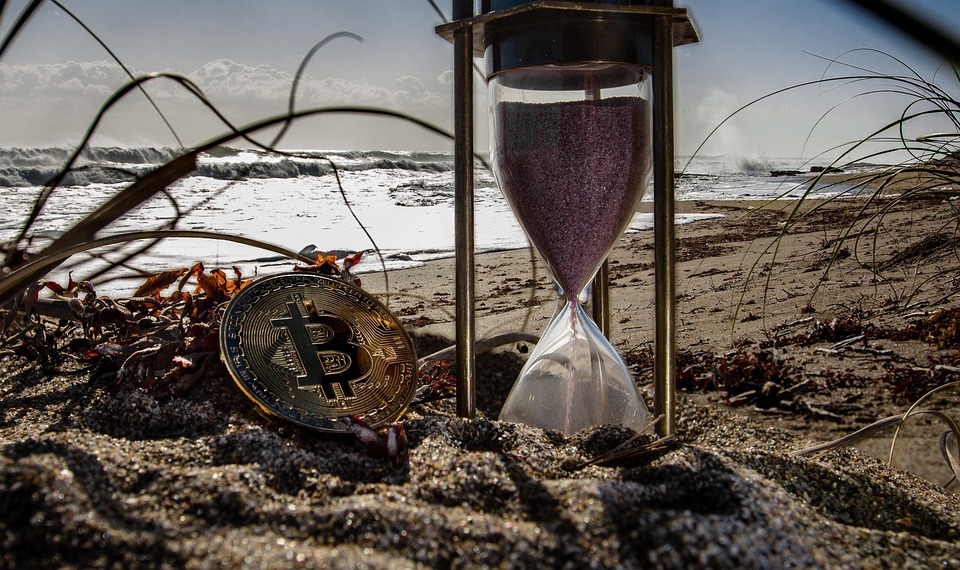[ad_1]
Cryptocurrency Exchange Security: A Checklist for Safe Trading
The rapid growth of the cryptocurrency market has led to an increased demand for cryptocurrency exchanges, with many users entrusting their digital assets to these platforms. However, with great power comes great responsibility, and the security of these exchanges has become a pressing concern. A single breach can result in catastrophic losses, reputational damage, and a loss of trust among users. To ensure the safe trading of cryptocurrencies, it’s essential to focus on exchange security. In this article, we’ll provide a comprehensive checklist to help you identify the key areas of concern and ensure your cryptocurrency exchange is secure.
I. Secure Authentication and Access Control
- Multi-Factor Authentication (MFA): Implement a robust MFA system that requires users to provide additional verification factors beyond a username and password. This can include biometric data, one-time passwords, or SMS-based verifications.
- Secure Password Policies: Enforce strong password policies, including minimum length, complexity, and expiration requirements.
- Role-Based Access Control (RBAC): Assign different levels of access to users, administrators, and other stakeholders based on their roles and responsibilities.
- Session Management: Implement session timeout and idle timeouts to prevent unauthorized access.
II. Secure Storage and Transaction Processing
- Cold Storage: Use cold storage wallets to store majority of the assets offline, away from the reach of hackers.
- Hot Wallet Security: Use highly secure hot wallets with multi-signature addresses and hierarchical deterministic (HD) wallet structures.
- Transaction Processing: Use secure and transparent transaction processing algorithms, such as those based on blockchain technology.
- Regular Backups: Regularly back up user data and cryptocurrency assets to ensure business continuity in the event of a disaster.
III. Secure Communication and Encryption
- HTTPS and SSL/TLS: Ensure that all communication between the exchange and users is encrypted using HTTPS and SSL/TLS protocols.
- AES-256 Encryption: Use AES-256 encryption for storing sensitive data, such as user passwords and transaction information.
- Secure Data Storage: Store user data and transaction information in a secure and auditable manner.
- Regular Security Audits: Conduct regular security audits to identify and address vulnerabilities.
IV. Secure Server Infrastructure and Network Security
- Regular Updates and Patches: Regularly update and patch server operating systems, applications, and firmware to prevent exploitation of known vulnerabilities.
- Firewall and Network Segmentation: Implement robust firewalls and network segmentation to prevent unauthorized access and limit the spread of a potential breach.
- Intrusion Detection and Prevention Systems (IDPS): Use IDPS to detect and prevent unauthorized network activity.
- Distributed Denial of Service (DDoS) Protection: Implement DDoS protection measures to prevent network flooding attacks.
V. Regulatory Compliance and Reporting
- Regulatory Compliance: Comply with relevant regulations, such as Anti-Money Laundering (AML) and Know Your Customer (KYC) requirements.
- Reporting and Transparency: Provide transparent reporting on security incidents, audits, and regulatory compliance.
- Independent Audits: Engage independent auditors to assess the exchange’s security posture and compliance with regulatory requirements.
VI. Employee Security and Awareness
- Background Checks: Conduct thorough background checks on employees with access to sensitive areas of the exchange.
- Employee Education and Training: Provide regular security awareness training to employees and educate them on security best practices.
- Access Control and Monitoring: Implement access control measures and monitor employee activity to prevent insider threats.
By following this comprehensive checklist, cryptocurrency exchanges can significantly reduce the risk of security breaches and ensure the safe trading of digital assets. Remember, security is an ongoing process, and regular assessments and updates are essential to stay ahead of the evolving threat landscape.
[ad_2]

